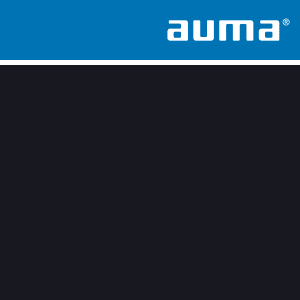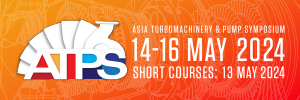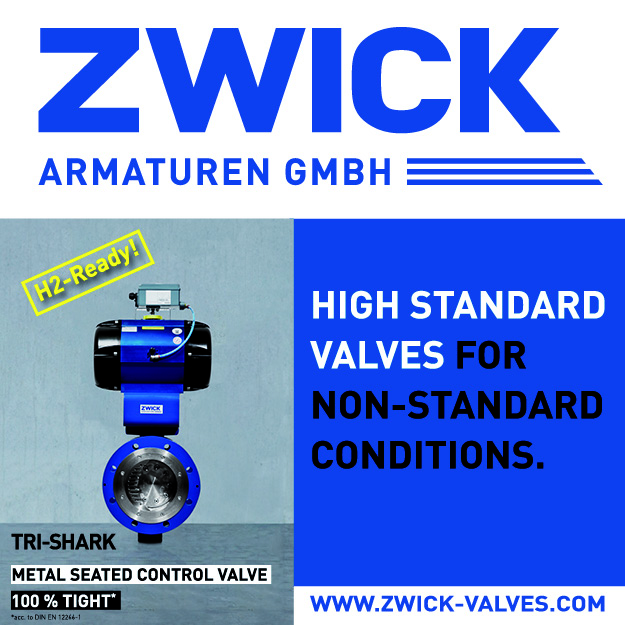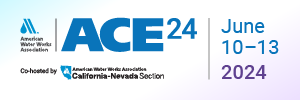Litre Meter receives large order for chemical injection flowmeters from Australia
A large order of 45 positive chemical injection flowmeters from UK flowmeter specialist Litre Meter is being shipped to the Ichthys liquid natural gas field off Western Australia via Litre Meter's South Korean distributors, S-TEK.
Central to the project are three different sizes of meter, V125, HF40 and HF60, each of which had to be built to a degree of customisation. Thirty meters are destined for a chemical injection skid constructed in South Korea for the Ichthys platform in the Browse Basin in the Timor Sea.
The V125 meter was designed to measure the discharge of monoethylene glycol (MEG) at the wellhead pump. It was constructed from Duplex with a PVD coated SS nitronic rotor with two-inch ANSI 2500 RTJ connection and pressure rated to 414bar. The HF40 PD meter is also rated to 414bar and shares the same connections. The HF60 flowmeter is pressure rated to 690bar and features two-inch GR14 connections.
As standard, the VFF V125 rotary piston flow meters are pressure rated from 40bar to 1,035bar and constructed from 316 stainless steel. The meters are temperature rated between -40 and +150ºC and can be used with fluids in a range of viscosities from 0.8 to 2,000 centistokes or greater. The normal flow range of the V125 is 0-6,000 l/h. The HF40 has a flow range of 0-2,400 l/h and the HF60 has a flow range of 0-3,600 l/h. Both have a viscosity range of 0.8 to 1 million cSt.
Under conditions of low temperature and high pressure, gas hydrates can solidify as crystals which may block pipelines and valves, impeding the transfer of oil and gas. This can result in a shutdown and the risk of explosion or unintended release of hydrocarbons into the environment.
MEG is injected at high pressure where there is a risk of hydrates (dew) forming then freezing at low temperature. Litre Meter VFF positive displacement flowmeters measure the correct amount of MEG needed to prevent hydrate formation.
The process, known as bullheading, forcibly pumps MEG into the bore hole to act as an 'antifreeze' to lower the freezing point of gas hydrate. This protects the wells' sub-surface valves from hydrates forming under high pressure and low temperatures during long shutdowns.
Litre Meter CEO Charles Wemyss says: 'Subsea repairs and the associated loss of production are high cost, so protecting deep-water well bores from hydrate formation, plugging and organic fouling is a major flow assurance concern in offshore operations. Hydrate prevention strategies provide protection during normal operation, start-up and shutdown.'
SOURCE: Litre Meter
















